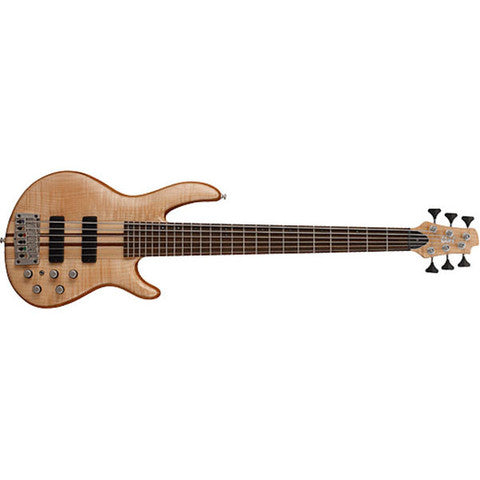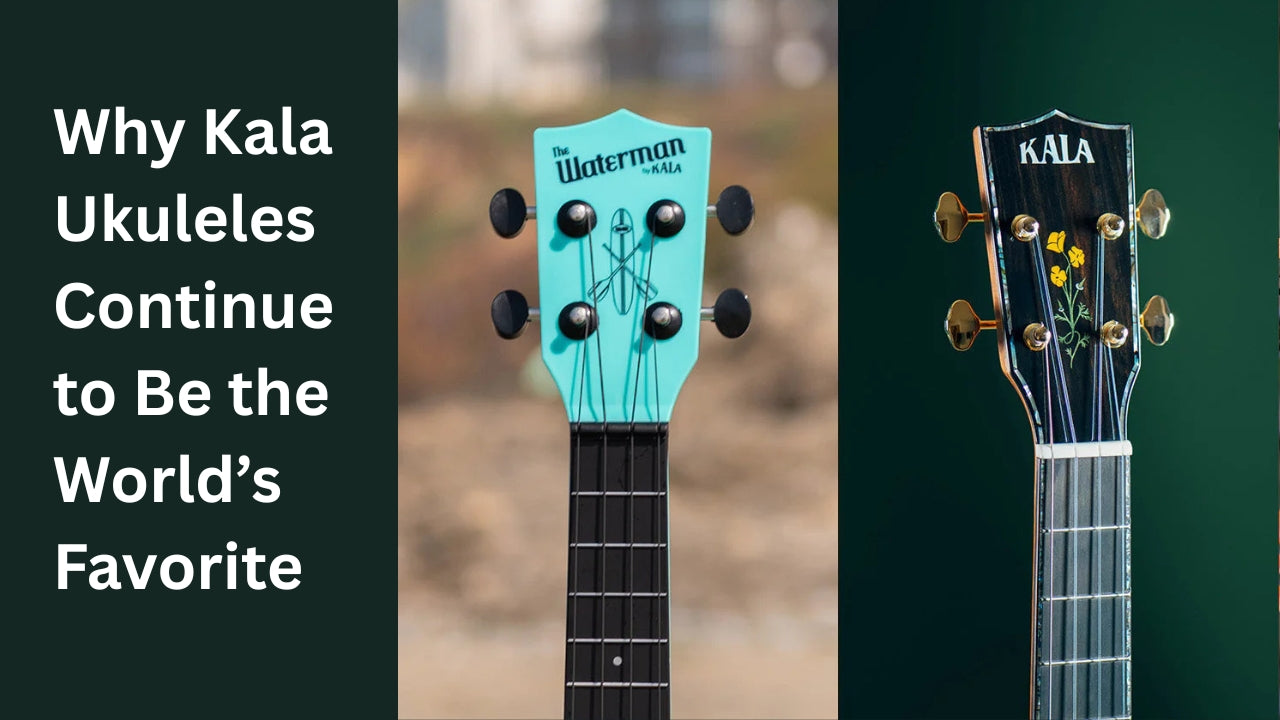Bass Guitars are the most important part of music right from a long time, the rhythm and melody of a bass cannot be matched by any other. Bass guitar adds that unique flavour to music that makes it incomparable. The following article will help you choose your first bass guitar as you start out your musical journey! Finding a perfect bass guitar isn’t as difficult as you think. In fact, if you know the basics right, you can choose the one that fits your requirements easily. Bass guitars vary extensively in quality and price so before you begin shopping, set an amount you want to spend. For novices uncertain of their ability or commitment to figuring out how to play the bass, there are some great, pocket friendly "starter" basses made available. These instruments tend to have lower quality equipment and electronics, however they are commonly extremely playable and will serve another bassist well through the early phases of learning and performing with the instrument. Be that as it may, more experienced or devoted players may need to set their sights somewhat higher, and put resources into a low pitch guitar with wealthier tonewoods, better gadgets, and overhauled equipment. A higher-quality bass will sound better, feel better, and serve a performer longer. It's imperative to have a decent comprehension of the essential parts of a bass guitar before you begin shopping.
See how the instrument is planned and fabricated, and realizing what the diverse parts are called will assist you with asking great inquiries and settle on educated choices. 
Neck: The neck of a bass, similar to the neck of any guitar, incorporates the headstock, fretboard and inside truss bar, which associate with the bass' body.
Headstock: The headstock is the wide divide at the highest point of the neck, where the bass strings end at tuning pegs. These tuning pegs—likewise called tuning keys, tuning machines, or tuners—conform the strain of every string, changing the pitch. The strings are steered down the neck by the nut—an indented segment of hard plastic or bone connected to the highest point of the fretboard where the headstock meets whatever is left of the neck.
Fretboard: The fretboard or fingerboard is normally a dainty bit of wood—commonly rosewood, maple, or ebony. All are phenomenal woods for the reason however can differ in quality. The best fretboards are smooth, hard, and thick with the goal that they wear gradually. Fretboards are typically curved from side to side. This curve is known as the span, alluding to a nonexistent circle that would be shaped if the curve of the fretboard were reached out to make a circle. Some bass fretboards are near level, while others may have a range as short as ten inches. The shorter the sweep, the more purported the curve of the fretboard. The fretboard is inserted with fusses which are slender segments of metal. These worries separate the neck into half-step augments, and figure out where every note is played along the neck's length. A couple of electric basses are fretless, permitting smoother glissando impacts additionally obliging more noteworthy ability with respect to the bassist. They're not more often than not a decent decision for starting bassists. A few basses have fretboards that are an indispensable piece of the neck as opposed to being a different stuck on layer.
Truss Rod: Inside the neck is a metal truss bar that aides keep the neck from bowing or curving. Bass strings are thicker than guitar strings and make a ton of strain on the neck. Truss pole conformities permit the neck to be rectified in the event that it gets to be bowed or wound, and are likewise utilized when changing string tallness for ideal play.
Types of Bass Necks There are three kinds of bass guitar necks, their names indicating the manner in which the neck attaches to the body:
- Bolt-on neck
- Set neck
- Thru-body neck
Most basses have bolt-on necks, which mean the neck is bolted onto the body. The bolts should keep the neck stable and not allow it to shift up or down. A solid, tight connection between the neck and the body is essential. It is also good to have more rather than less overlap of neck and body for greater stability, better string vibration transfer, and enhanced sustain. Some bass guitars have set necks, meaning the neck is attached to the body with a mortise or dovetail joint rather than being bolted to it. A set neck creates better resonance and sustain, but can be more difficult to adjust. Thru-body necks are found on higher-end bass guitars. This type of neck continues as one continuous piece through the body. Wings are attached to each side of it to form the upper and lower parts of the body. With a thru-body neck there is no joint between the neck and body that can inhibit vibration, resulting in better response and sustain. Scale is the length between the nut (the notched piece between the fretboard and the headstock) and bridge where the strings are anchored at the tail end of the body. The most common scale length is 34". There are a few short-scale basses, such as the Fender Mustang, various Hofner Violin Bass models, or the Gibson EBO, that are around 30". These are a good choice for young players with small hands who may have trouble playing a standard-size instrument. A long-scale neck usually has a 35" scale. This longer scale gives you a few more frets, and is most often used for five- and six-string basses because it improves string tension and minimizes floppiness on the low strings. Solidbody basses are the most common type. In better instruments, these bodies are often made of a solid piece of wood—alder, maple, swamp ash, mahogany, or some other wood that transfers vibration well. In lower-priced basses, the bodies may be made using laminated wood plies, softer woods, or pressed woods. There are even basses with plastic bodies. Hollowbody basses, as you probably guessed, have a hollow body like an acoustic guitar but use the same magnetic pickups as solidbody basses. They are used mostly by jazz and folk players, and for music that is quieter and requires a more acoustic-like tone. A famous hollowbody, the Hofner violin-shaped "Beatle" bass, is an example of a hollowbody used for rock music. Hollowbody basses have the advantage of being lighter, but they usually are more limited in the volume they can produce because they feed back more easily than solidbody basses at high volume. There are also a few semi-hollowbody basses that have a solid center block and hollow outer halves of the body. They are less prone to feedback.
What do you need to look for while buying a Bass Guitar? The following important points you need to keep in mind while buying a bass guitar.
- Body: Electric Bass Guitars have solidbody electrics and a few semi hollowed bodies that give much warmer, rounder acoustic sound.
- Neck: The kind of neck you choose, determines a whole lot about your career, necks come in so many different shapes: round, oval, flat back, “vee” and asymmetrical (thinner either on bass or treble side).
- Scale Length: For smaller hands, short scales is very convenient and acceptable.
- Tuning Machines: Enclosed machines heads are resistant to rust and airborne corrosives and don’t require that much maintenance as open tuning machines.
- Intonation: Intonation determines whether the notes play in tune as you move up the neck. If the distance between the frets (usually above the 12th fret) is off, the bass will be incapable of playing in tune and therefore is useless as a recording or performance instrument.
- Bolt-on, Neck-Through: Neck-through basses are stronger, with better sustain and note resolution. Bolt-on necks have a punchier sound but are more likely to have dead spots.
- Fingerboard: A coated fingerboard helps produce a whining, trebly “fretless sound” and longer sustain, which wears much longer with round-wound strings. Uncoated fingerboards have a warmer, more natural sound.
- Number of Frets: Most basses have 21, 22, or 24 frets. Since most bass playing takes place in the lower positions, this is a matter of personal taste.
- Pickups: Pickups have more effect on your bass’s final sound than choice of wood. A pickup can give quite different results on different basses, and is also affected by the age of your strings.
- Wood: The important question regarding the wood is whether you like the sound of the bass. Choice of woods naturally affects the tone and weight of a guitar, so consider how you will use the bass (ie. playing long gigs or sitting in a studio).
How many strings should you opt for? Traditionally, beginners are better off with 4 strings, since they fit perfect for most genres, the necks are petit in comparison to the 5 string or 6 string, which makes it easier to handle and learn on. 5 string bass add a B string, making it deeper in terms of range. With a wider neck than 4 string, 5 string is comparatively hard to play, but very popular with hard rock, metal and jazz bassists. 6 string as a B string and high C string making it a challenge to play with, but giving out a much more creative output than other two.
So which bass is right for me, you ask? Here are a couple of rules for beginners:
- Purchase the best bass you that fits your budget. A decent bass will make learning simpler and you won't outgrow it instantly.
- Pick a fretted instrument, unless you are prepared for the test of a fretless.
- Pick a short-scale bass since you are just starting out.
- To keep it simple, pick a 4-string instrument.
- Select a bass with straightforward controls so you can concentrate on the strings and not be diverted by handles.
- Pick a bass in a shading and shape that speaks to you. Its looks won't improve it sound, however a cool-looking bass can persuade you to play more.
- Ibanez GSR200 4-string Bass Guitar: Ibanez guitars do not need an introduction, for years they have been the best in class guitars and guitarist’s best friend all over the world. Especially when it comes to bass, Ibanez has set a benchmark for beginner’s guitar with GSR200. Agathis body, Rosewood fretboard along with White Dot Inlay, GSR200 has a 22 medium frets and is the most lightweight bass guitar and a perfect to start with bass guitar.

- ESP LTD B15 5-String Electric Bass Guitar: Now if you feel you want to try your hand at a challenge, you can try out this amazing beauty known as ESP B-15. With basswood body and Rosewood fretboard, B-15 can really up your game if you are ready for it, 24 extra jumbo frets and ESP tuners, B-15 really stands out in its class and it popular for the same reason!

- CORT A-6 6 String Bass Guitar: Although, this is not traditionally a beginner’s bass guitar, Cort A-6 is one of the most legendary 6 strings there is. Custom Designed Bartolinia Electronics, A-6 has Mahogany with figured maple top, Rosewood fretboard and 24 large fret. Special Artistan Series Cort A-6 6 String Bass Guitar should be your first choice once you feel you are ready to a bigger challenge.

We hope this article was helpful, check out the best Bass Guitars with BAJAAO.com.
Guaranteed 100% genuine products, authorized dealers and a dedicated team to help solve your queries regarding the products, only at BAJAAO.




Share:
Life at BAJAAO – Part 2
Life at BAJAAO – Part 2